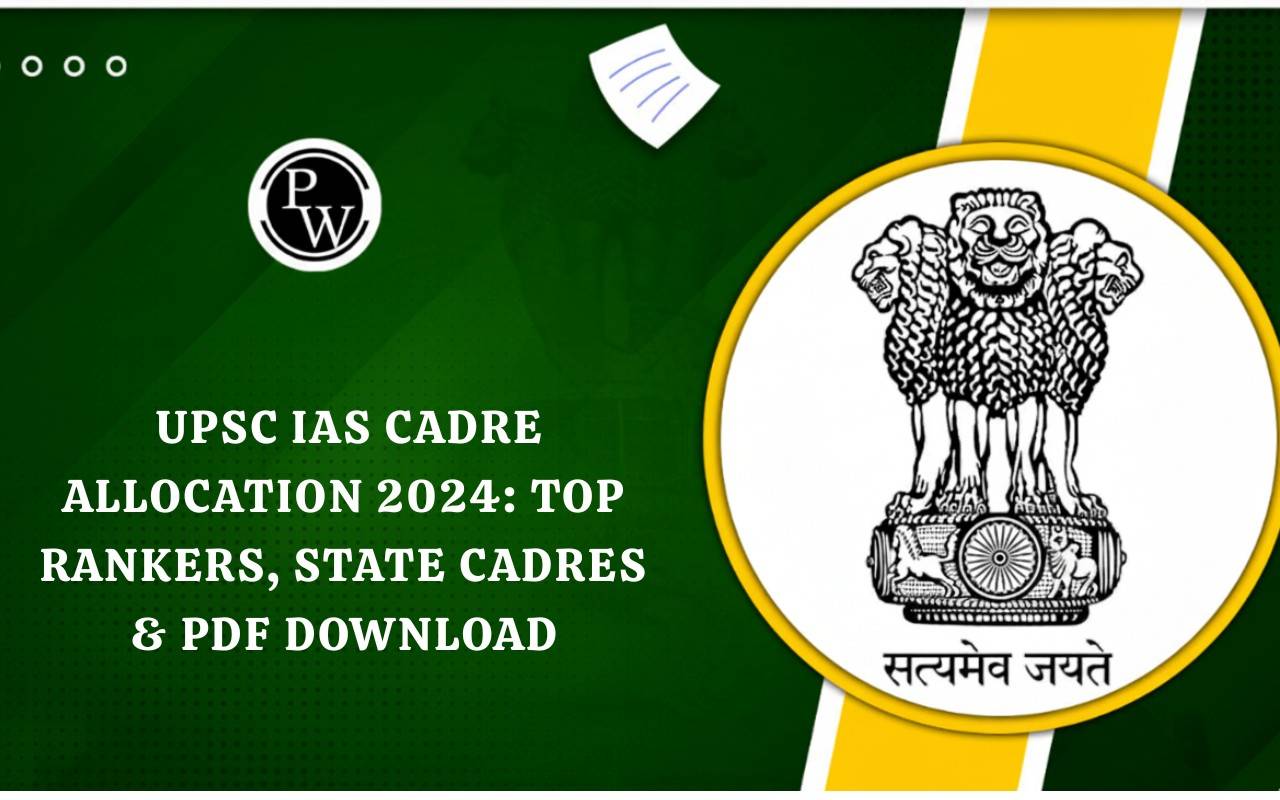
Global Gender Gap Index 2025 suggests that the global gender gap has been closed by around 68.8%. This means the world is about two-thirds of the way to achieving full gender parity. Although there has been some improvement compared to last year, the progress is still very slow. At the current rate, it will take over 123 years to reach global gender equality.
As India slips to 131st (129 in 2024) in the Global Gender Gap Index 2025, it highlights the urgent need for stronger actions to close the gap, especially in political and economic fields!
Global Gender Gap Index 2025 Highlights
The Global Gender Gap Index is released every year by the World Economic Forum (WEF). It helps us understand how well countries are doing in ensuring equal rights and opportunities for men and women. The index measures gender equality across four main areas: economic participation, education, health, and political empowerment. The 2025 Global Gender Gap Index finds interesting trends:
| Indicator | 2025 Status | Key Details |
| Number of countries ranked | 148 | Covers over two-thirds of the world’s economies. |
| Global gender gap closed | 68.8% | Up from 68.4% in 2024; highest since index inception. |
| Years to full parity (at current pace) | 123 years | Improved by a decade from last year’s estimate. |
| Economic Participation & Opportunity | 61.0% closed | Remains the slowest area of progress globally. |
| Educational Attainment | 95.1% closed | Near parity, with modest annual improvement. |
| Health and Survival | 96.2% closed | Highest parity among subindexes. |
| Political Empowerment | 22.9% closed | Remains the largest gap, but saw improvement this year. |
| Women in workforce (global) | 41.2% | Women hold only 28.8% of top leadership positions. |
Global Gender Gap Index 2025 2025 Top Ranking
The 2025 rankings show that Nordic countries continue to lead the way in gender equality. Iceland remains in the top position for the 16th year in a row, having closed more than 92% of its gender gap. Here is the list of the top 10 countries in the Global Gender Gap Index 2025 2025:
| Rank 2025 | Country | Score (0-1, 1 = parity) |
| 1 | Iceland | 0.926 |
| 2 | Finland | 0.879 |
| 3 | Norway | 0.863 |
| 4 | United Kingdom | 0.838 |
| 5 | New Zealand | 0.827 |
| 6 | Sweden | 0.817 |
| 7 | Republic of Moldova | 0.813 |
| 8 | Nambia | 0.811 |
| 9 | Germany | 0.803 |
| 10 | Ireland | 0.801 |
India’s Rank in Global Gender Gap Index 2025
India ranks 131 out of 148 countries in the Global Gender Gap Index 2025. This is a slight drop from its 129th position in 2024. However, India’s overall score improved slightly from 64.1% to 64.4%. This means India is making some progress, but slower than other countries.
Here is how India performed in each indicator of the Gender Gap Index 2025:
| Indicator | Score (0-1) | Rank | Key Details |
| Economic Participation & Opportunity | 0.407 | 144 |
|
| Educational Attainment | 0.971 | 110 |
|
| Health and Survival | 0.954 | 143 |
|
| Political Empowerment | 0.245 | 69 |
|
Global Gender Gap Index 2025 India Vs South Asian
The Global Gender Gap report highlights that India ranks fifth among the seven South Asian countries, ahead of only Maldives and Pakistan. Bangladesh continues to lead South Asia in gender equality, ranking much higher globally. This is mainly due to the high representation of women in politics and leadership positions.
Nepal and Bhutan are ahead of India, showing better scores in education and political participation. Sri Lanka, too, ranks just above India. Pakistan remains at the bottom of both the regional and global rankings due to serious gaps in all four areas.
| Country | Global Rank |
| Bangladesh | 24 (77.5%) |
| Bhutan | 119 |
| Nepal | 125 |
| Sri Lanka | 130 |
| India | 131 |
| Maldives | 138 |
| Pakistan | 148 |
To sum up, India’s ranking in the Global Gender Gap Index 2025 shows progress in education and health, but slow improvement in economy and politics. To achieve true gender parity, both government and society need to work together. Focused efforts can help India rise in future rankings.
Explore UPSC courses by Physics Wallah to boost your preparation with guidance and real-world understanding of governance and social justice!
Global Gender Gap Index 2025 FAQs
What is the Global Gender Gap Index?
What is India rank in the 2025 Gender Gap Index?
Which country ranks first in the Gender Gap Index 2025?
How does India compare with other South Asian countries?
Global Gender Gap Index 2025 was released by?

UPSC Coaching









